Fabien Couthouis
Collective eXplainable AI: Explaining Cooperative Strategies and Agent Contribution in Multiagent Reinforcement Learning with Shapley Values
Oct 04, 2021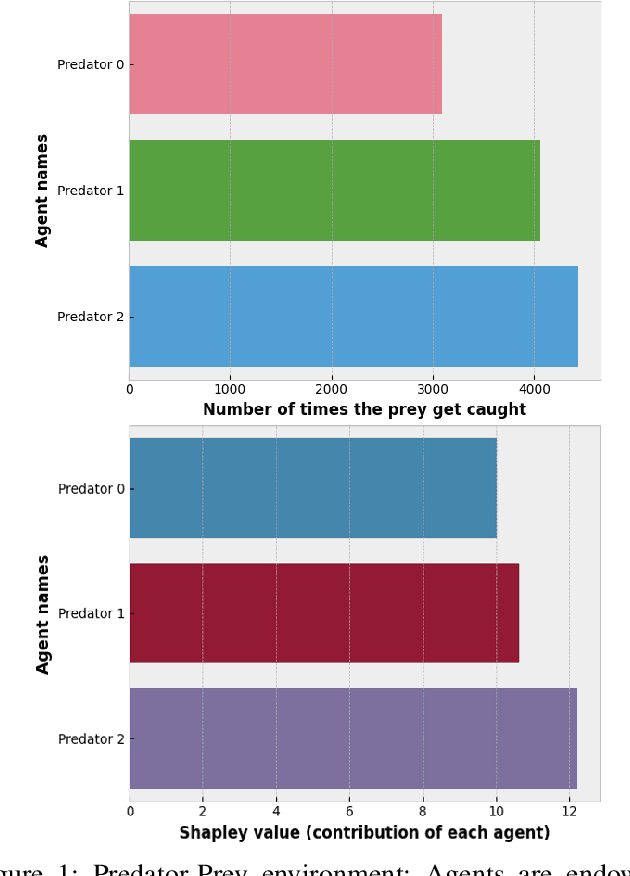
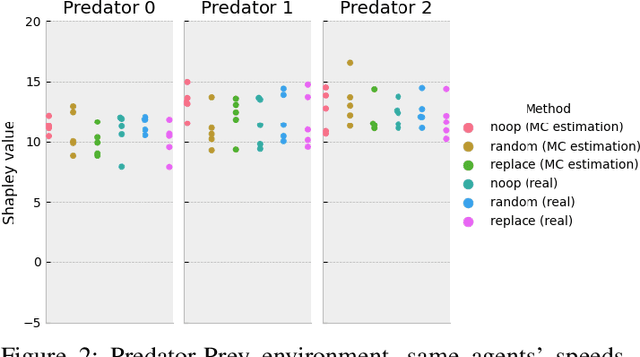


Abstract:While Explainable Artificial Intelligence (XAI) is increasingly expanding more areas of application, little has been applied to make deep Reinforcement Learning (RL) more comprehensible. As RL becomes ubiquitous and used in critical and general public applications, it is essential to develop methods that make it better understood and more interpretable. This study proposes a novel approach to explain cooperative strategies in multiagent RL using Shapley values, a game theory concept used in XAI that successfully explains the rationale behind decisions taken by Machine Learning algorithms. Through testing common assumptions of this technique in two cooperation-centered socially challenging multi-agent environments environments, this article argues that Shapley values are a pertinent way to evaluate the contribution of players in a cooperative multi-agent RL context. To palliate the high overhead of this method, Shapley values are approximated using Monte Carlo sampling. Experimental results on Multiagent Particle and Sequential Social Dilemmas show that Shapley values succeed at estimating the contribution of each agent. These results could have implications that go beyond games in economics, (e.g., for non-discriminatory decision making, ethical and responsible AI-derived decisions or policy making under fairness constraints). They also expose how Shapley values only give general explanations about a model and cannot explain a single run, episode nor justify precise actions taken by agents. Future work should focus on addressing these critical aspects.
Explainability in Deep Reinforcement Learning
Aug 20, 2020
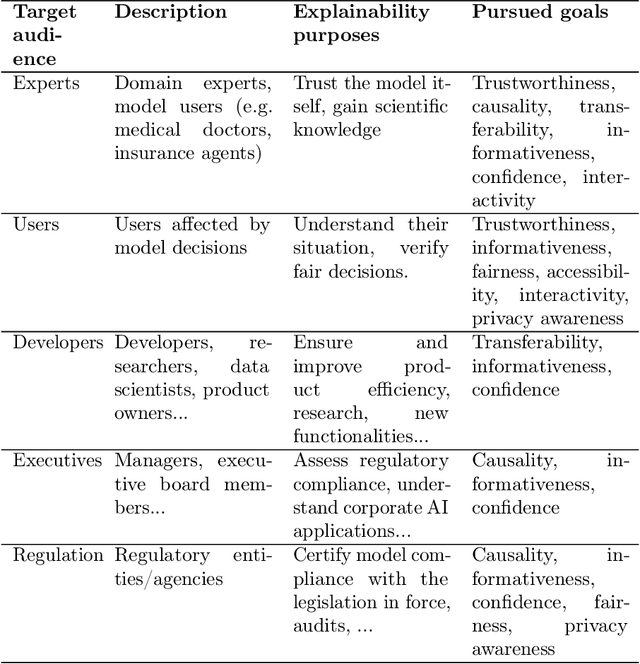
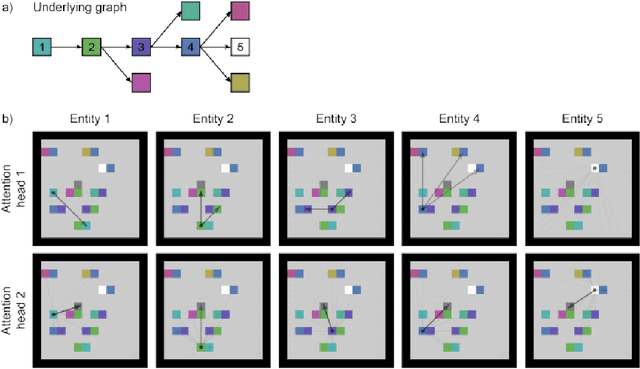
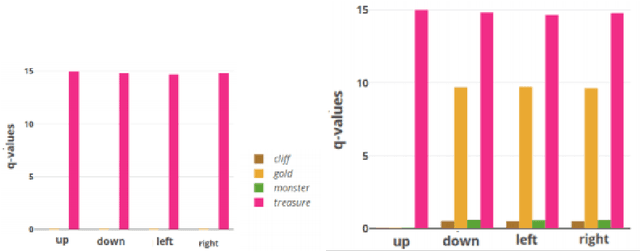
Abstract:A large set of the explainable Artificial Intelligence (XAI) literature is emerging on feature relevance techniques to explain a deep neural network (DNN) output or explaining models that ingest image source data. However, assessing how XAI techniques can help understand models beyond classification tasks, e.g. for reinforcement learning (RL), has not been extensively studied. We review recent works in the direction to attain Explainable Reinforcement Learning (XRL), a relatively new subfield of Explainable Artificial Intelligence, intended to be used in general public applications, with diverse audiences, requiring ethical, responsible and trustable algorithms. In critical situations where it is essential to justify and explain the agent's behaviour, better explainability and interpretability of RL models could help gain scientific insight on the inner workings of what is still considered a black box. We evaluate mainly studies directly linking explainability to RL, and split these into two categories according to the way the explanations are generated: transparent algorithms and post-hoc explainaility. We also review the most prominent XAI works from the lenses of how they could potentially enlighten the further deployment of the latest advances in RL, in the demanding present and future of everyday problems.
 Add to Chrome
Add to Chrome Add to Firefox
Add to Firefox Add to Edge
Add to Edge